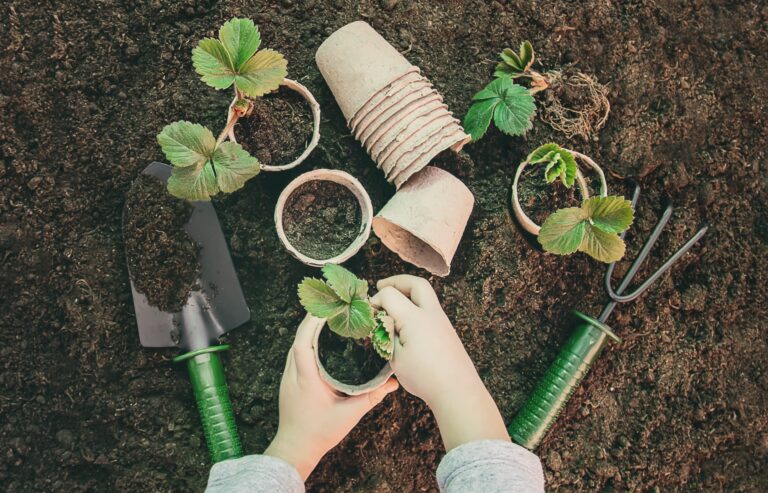In today’s world, the importance of sustainable living has never been more pronounced. As we face environmental challenges, the concept of eco-friendly and economical gardening practices has emerged as a beacon of hope for both our planet and our pockets. Here’s a look at 10 sustainable gardening hacks that not only contribute to a greener…
